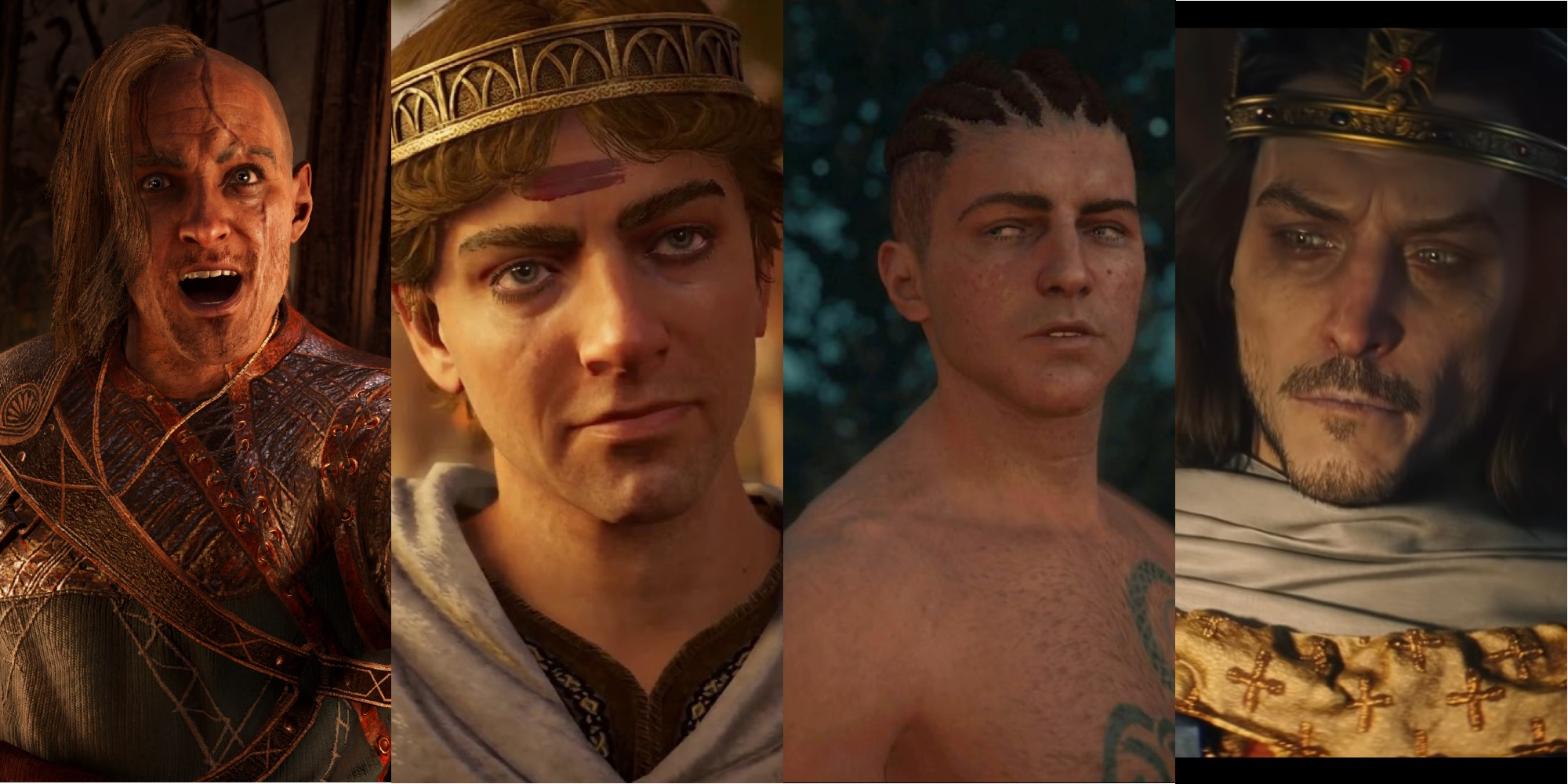
Many of the characters Eivor meets in Assassin’s Creed Valhalla are based on real historical figures. All of the Assassin’s Creed games intertwine science fiction with real-world historical events and people, with Valhalla introducing players to the Scandinavian Great Heathen Army that invaded England in 865 AD.
The Viking invasion of the British Isles is largely responsible for England’s transformation from a collection of independently ruled kingdoms into one unified country. A Norse chieftain even became the ancestor of dozens of European monarchs, including William the Conqueror. Assassin’s Creed Valhalla depicts the tumultuous time period when Vikings and Anglo-Saxons attempted to rule England together.
Though some of their names and details are changed, most of the important characters in Valhalla are recognizable historical figures. From the sons of Ragnar to the Anglo-Saxon kings, here are all the historical figures from Assassin’s Creed Valhalla.
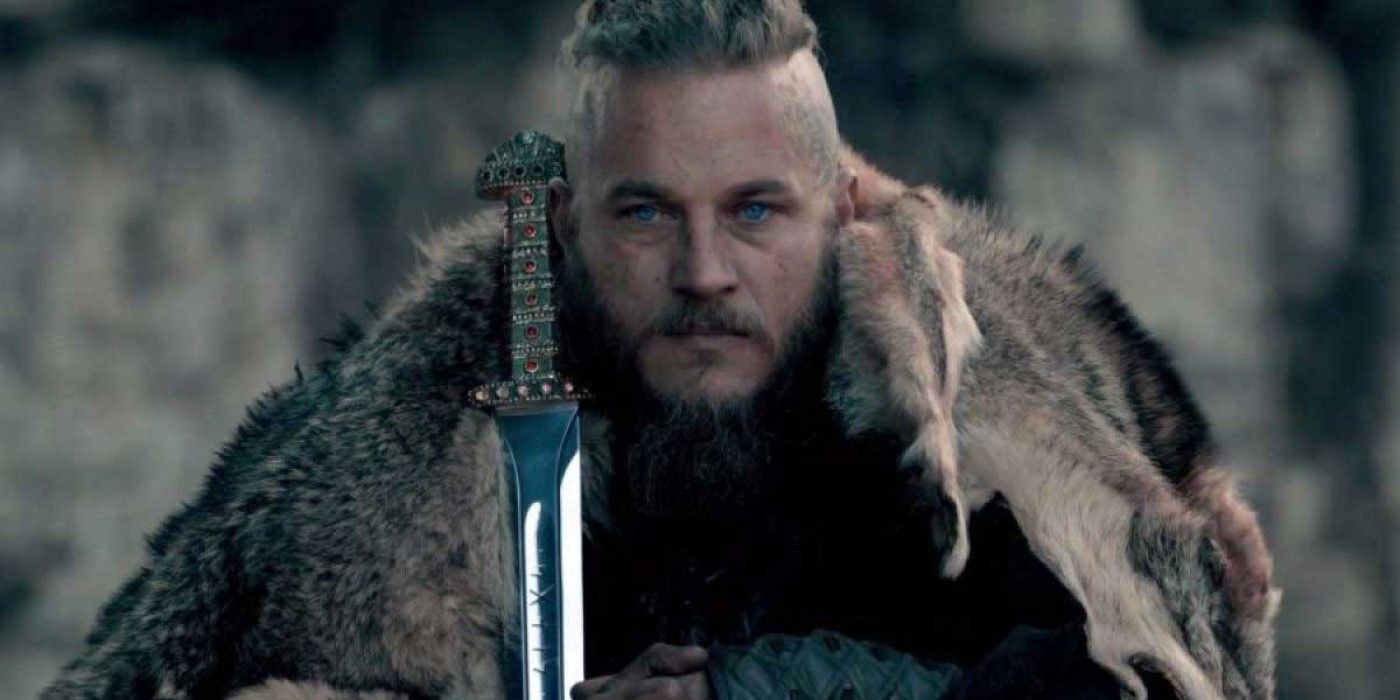
Ragnar Lothbrok is long dead by the time Eivor travels to England in Assassin’s Creed Valhalla, but his sons formed the Great Heathen Army and came to conquer England. In real life, Ragnar Lodbrok’s life story was told in sagas hundreds of years after his death. He may have been responsible for the sack of Paris in 845, and his “sons” (who may not have been related by blood, but simply united under his cause) carried out his legacy both in actual history and in Assassin's Creed Valhalla.
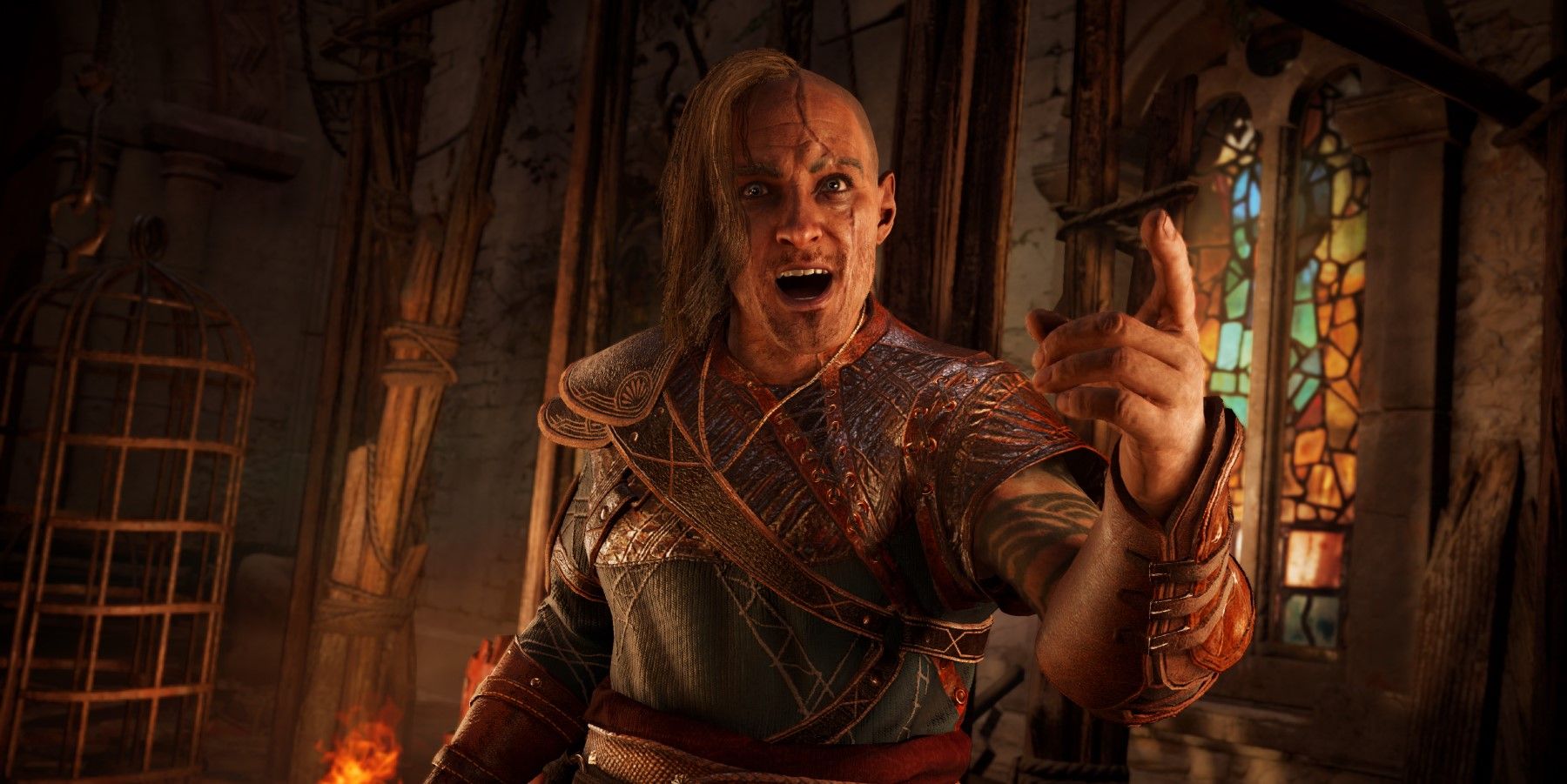
Ivarr the Boneless is one of Ragnar’s sons who helped lead the Great Heathen Army into England. In Assassin’s Creed Valhalla, his nickname “the Boneless” refers to how he can “move like a reed in the wind.” In real life, it’s speculated that he had some sort of physical deformity or disability, though it didn’t stop him from becoming a fearsome warrior. In Valhalla, Ivarr is the bloodthirsty murderer of prince Ceolbert; in history, he’s thought to be one of the executioners of the East Anglian king Edmund the Martyr.
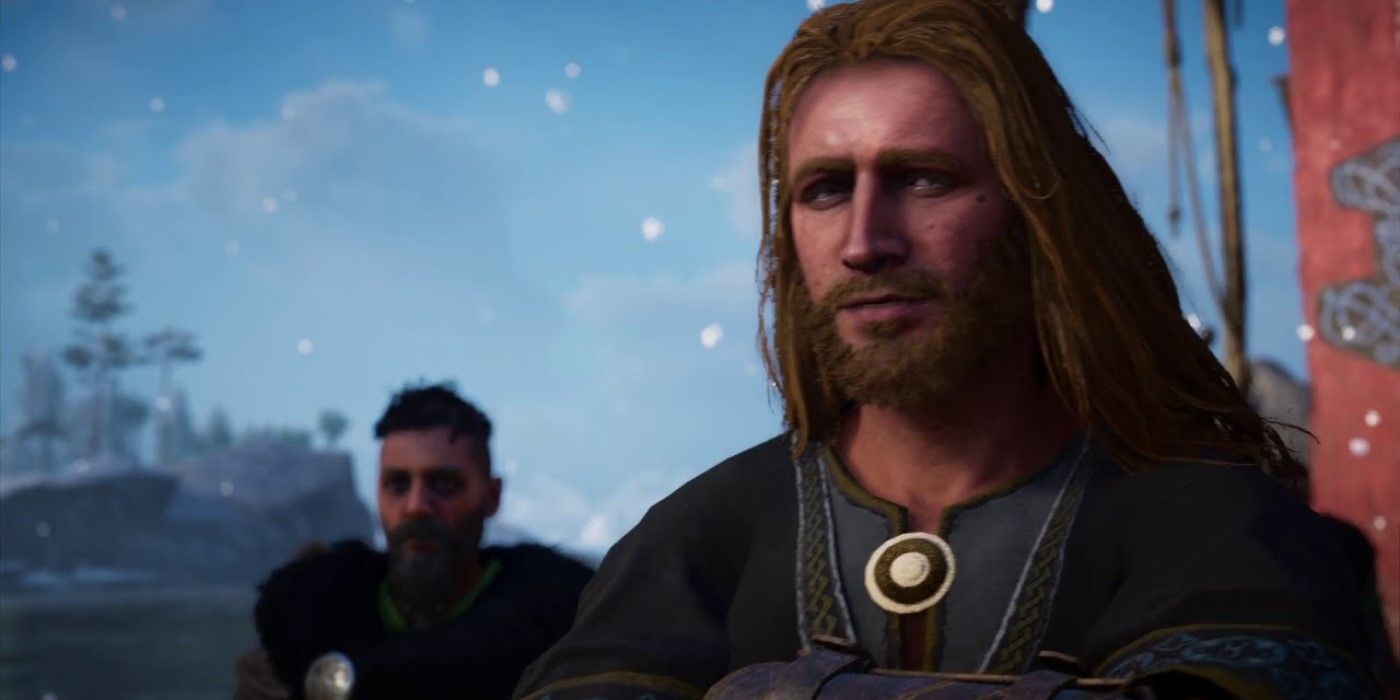
Harald Fairhair is commonly recognized as the first king of Norway and was named “Fairhair” because of his long, golden locks, which he swore never to cut until he was the king of all Norway.
He secured an alliance of all the local jarls in Norway, and though he didn’t wield absolute power, many Norsemen (including Eivor in Assassin's Creed Valhalla) resented his authority and came to the British Isles to escape his rule.
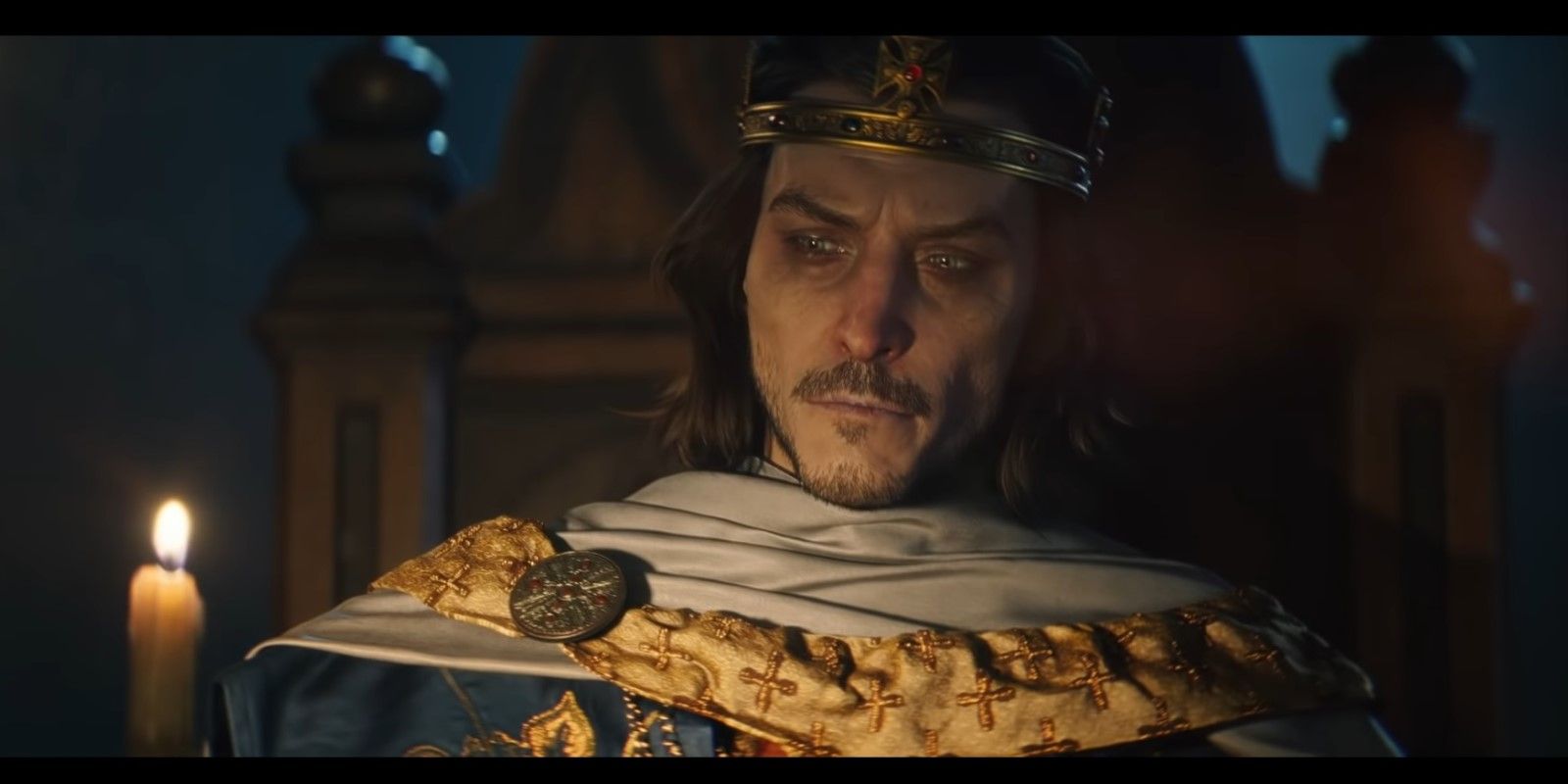
In Assassin’s Creed Valhalla, Aelfred the Great is the Grand Maegester in the Order of the Ancients, who fights to destroy them from within. Historically, Aelfred was the king of Wessex, the only Anglo-Saxon kingdom that didn’t fall to the Vikings, and he was largely responsible for pushing back the Norse invasion of England. Though he’s one of the principal villains in Valhalla, in real life Aelfred was considered a hero, and was the only king of England to ever earn the title “the Great.”
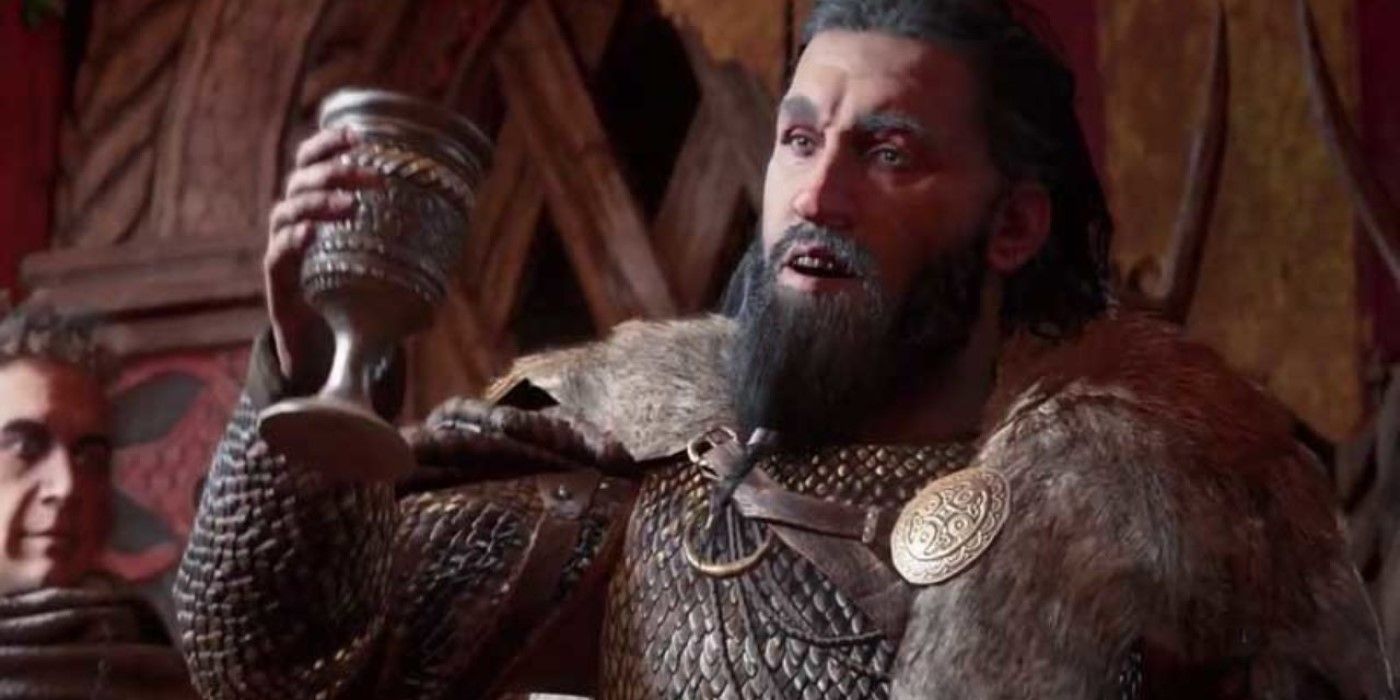
Halfdan is one of Ragnar Lothbrok’s sons who leads the Great Heathen Army in Assassin’s Creed Valhalla. In real life, Halfdan was the first Viking king of Northumbria, and possibly the king of Dublin, though the records are unclear. Some sources even name Halfdan as a co-ruler of Denmark along with his brother, Sigurd Snake-In-The-Eye, which means he may have been a king thrice-over!
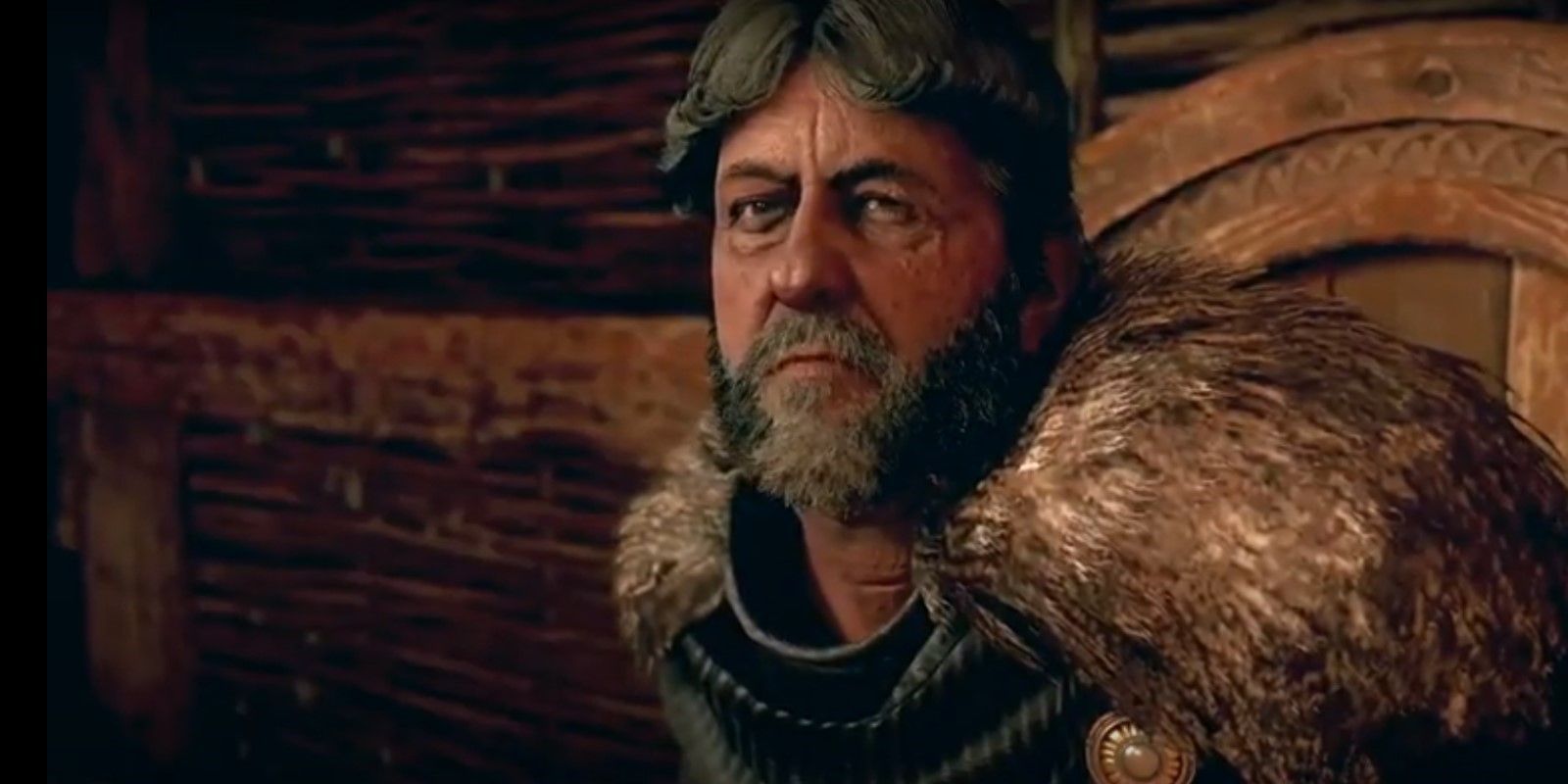
In Valhalla and in real life, King Ceolwulf II was the last king of independent Mercia who was placed on the throne by the Vikings in 874. After the Vikings deposed his predecessor, Burgred of Mercia, Ceolwulf was given half of Mercia while the Vikings took the other half.
It’s uncertain exactly how long his reign lasted, but by 883 Aelfred the Great had replaced Ceolwulf with Aethelred, Lord of the Mercians, which effectively ended Mercia’s independent status.
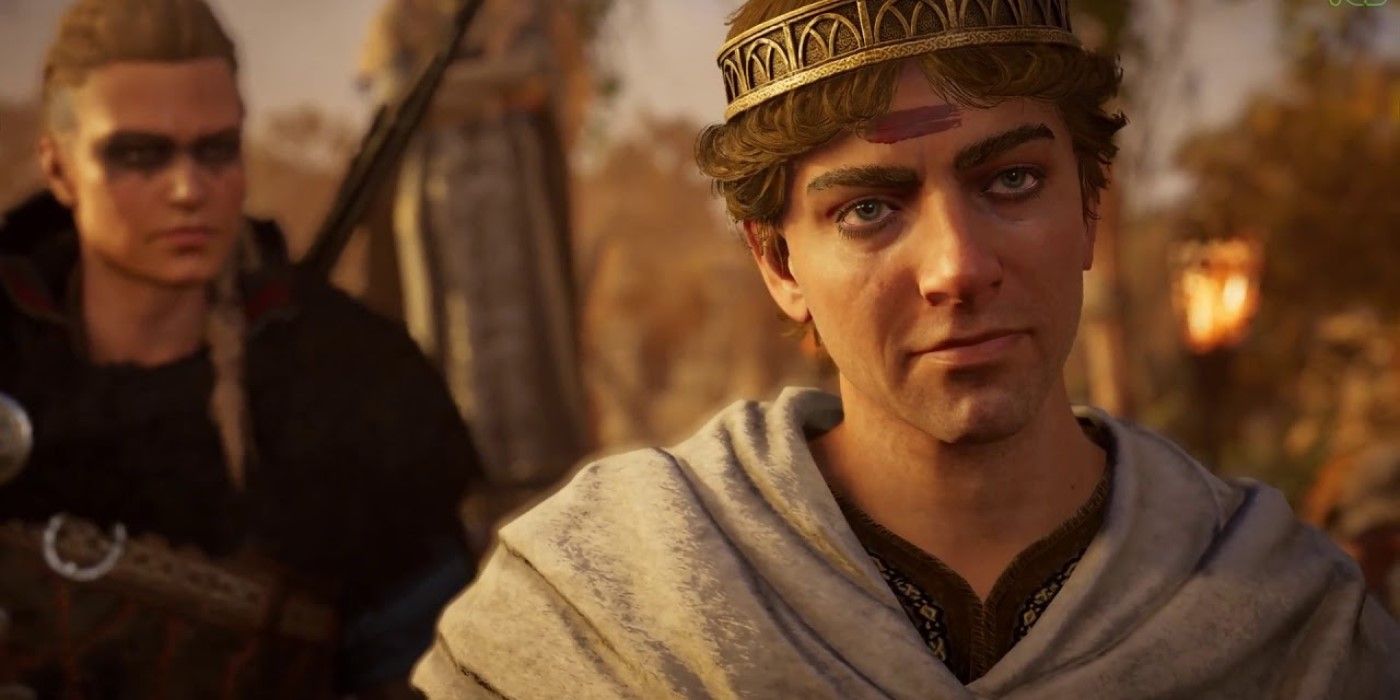
In Assassin’s Creed Valhalla, Eivor helps Oswald secure the throne of East Anglia. Historically, Oswald was actually the king of Northumbria, and he ended up dying in a battle with the pagans and becoming a saint. Though Valhalla made him out to be a weakling, Oswald was really known for being a great soldier before taking the throne, and he was considered one of the most powerful rulers in England at the time.
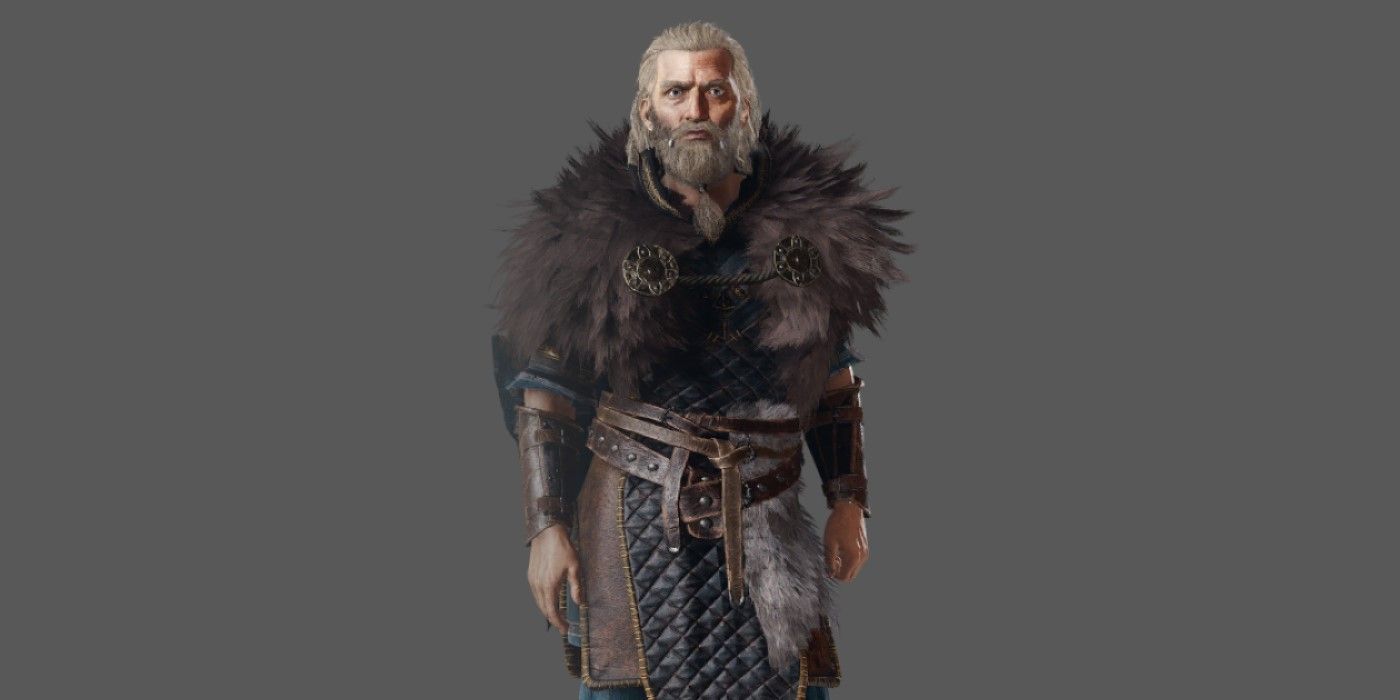
Guthrum was the leader of the “Great Summer Army,” a group of Danes who invaded and conquered East Anglia, Mercia, and Northumbria before being defeated spectacularly by Aelfred the Great in Wessex. Just like in Valhalla, Guthrum became disillusioned with the Viking cause and converted to Christianity in 878. He peacefully ruled his large kingdom in East Anglia for over a decade as an equal to Aelfred the Great.
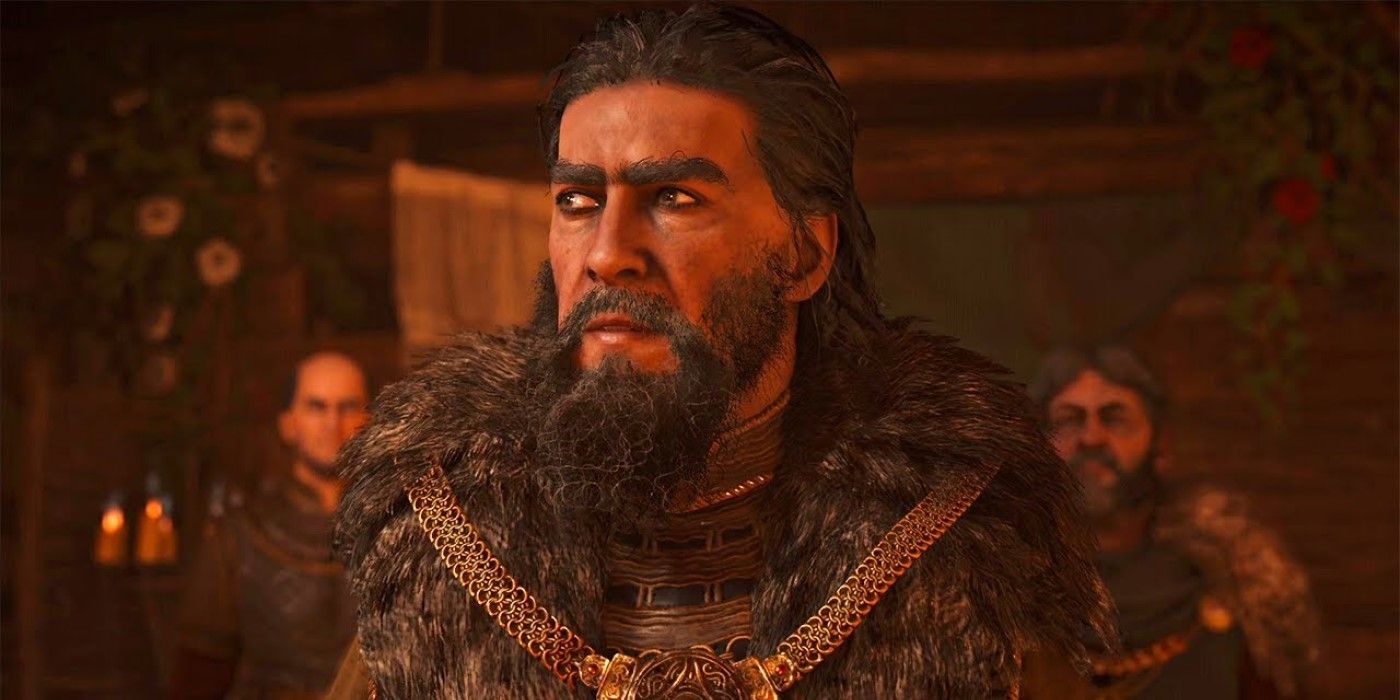
In Assassin's Creed Valhalla, Burgred was the king of Mercia before Ubba and Ivarr convince him to cede his throne to Ceolwulf and then exile him to Rome. In real life, Burgred fled to Rome in fear as the Vikings advanced through Mercia, but the result was still the same: the Norsemen installed Ceolwulf as king of Mercia and made him swear oaths of loyalty to the Vikings.
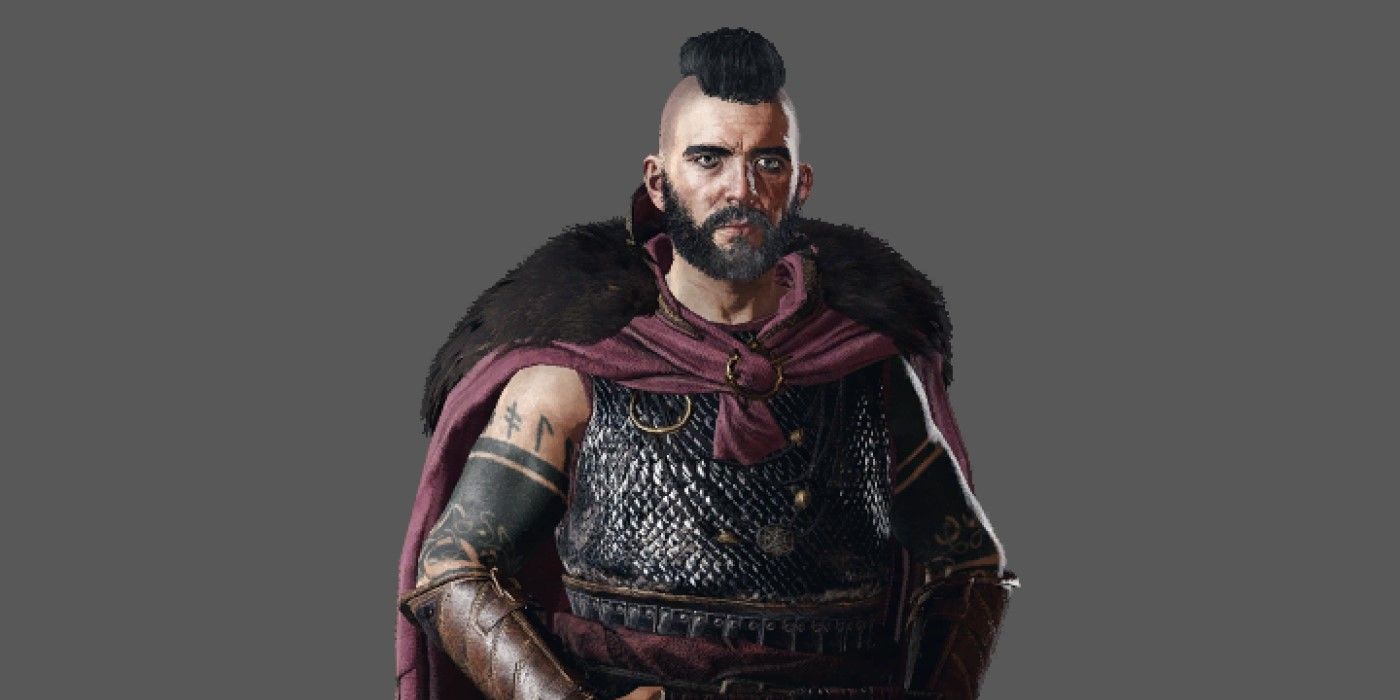
In Valhalla, Ubba is another one of Ragnar’s sons and a commander of the Great Heathen Army that invades England. Not much is known about Ubba in real life except that he came to England with his brothers to avenge his father’s death, and that he lived in England for the rest of his life. He was killed by Ealdorman Odda of Devon in 878.
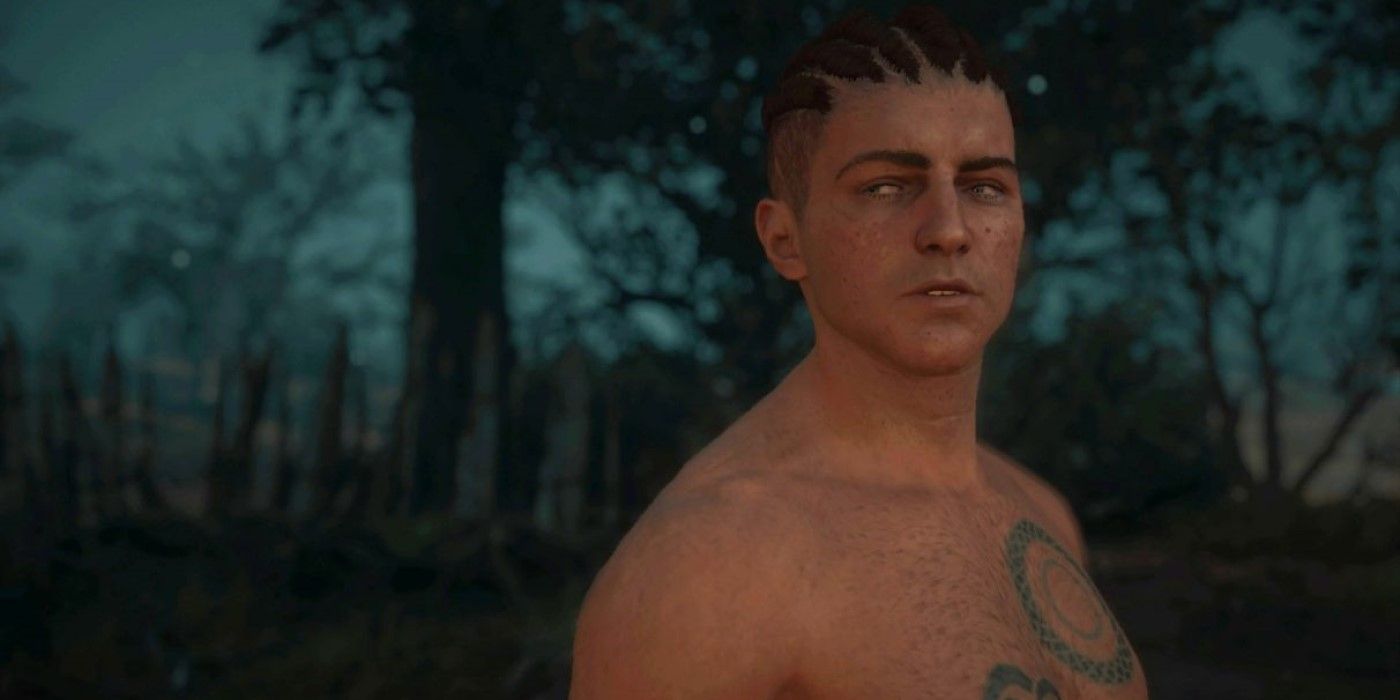
In Assassin’s Creed Valhalla, Rollo is a Viking leader in Essex who later becomes one of the leaders of the Siege of Paris. In real life, Rollo converted to Christianity and became the founder and first king of Normandy, a region in France. He was the great-great-great-grandfather of William the Conqueror, the first Norman king of England, and was supposedly the ancestor of many European monarchs.
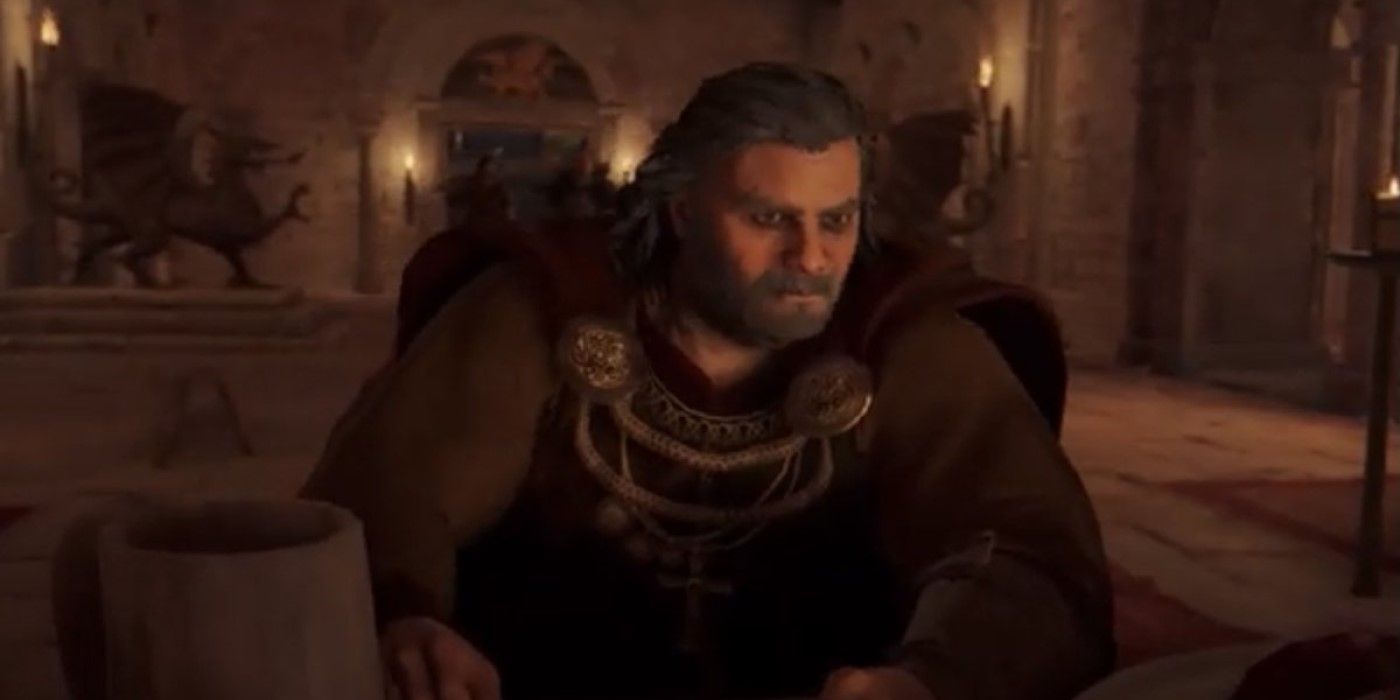
King Rhodri, who was later called Rhodri the Great, is primarily known in Valhalla as the man Ivarr performed the blood eagle on. Rhodri was the king of Gwynedd, Powys, and Seisyllwg, and was sometimes referred to as “King of the Britons” or “King of Wales” in various histories. His exact date and method of death are disputed, though it’s commonly accepted that he was killed by the Anglo Saxons in battle.
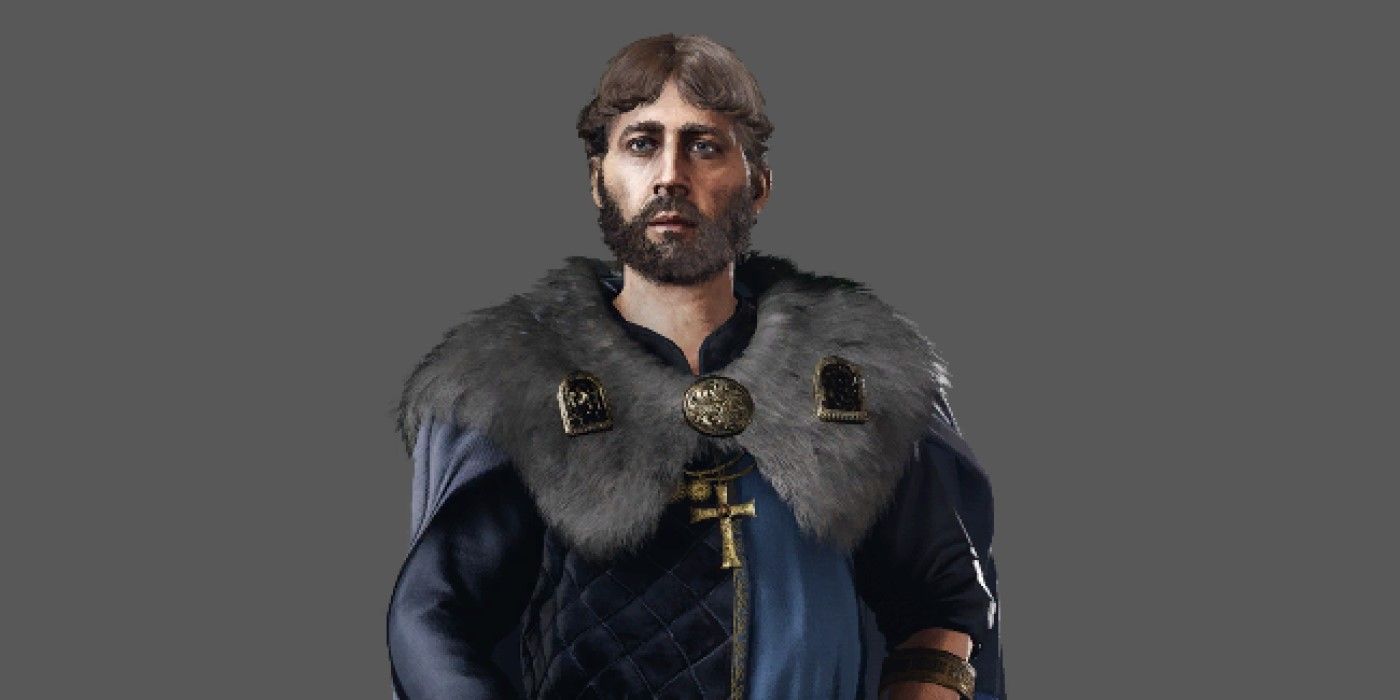
In Assassin’s Creed Valhalla, King Ricsige of Northumbria is installed by Halfdan Ragnarsson as the ruler of Jorvik. Ricsige later betrays Halfdan and then is defeated and killed by Eivor. In real life, historical accounts of King Ricsige’s life are scarce, but it doesn’t appear as if he worked with the Vikings at all, and in fact, there are reports that he died of a broken heart after Halfdan Ragnarsson retook the southern half of Northumbria.
While Assassin’s Creed Valhalla isn’t the most accurate depiction of Viking history, there are still plenty of characters and events that stay true to the written record. Finding out which NPCs are real historical figures is half the fun of playing an Assassin’s Creed game, and Valhalla is no exception.
from ScreenRant - Feed https://ift.tt/3c2aCLx







0 Comments
Please don't use vulgar comments and avoid discussion on Religious matters